3 Common Reasons for Ulnar-Sided Wrist Pain and Non-Surgical Hand Therapy Treatment Options
Filed under Evaluation
1.) Arthritis
- Arthritis occurs when the bones on the ulnar side of the wrist are rubbing together. An example of this is Ulnar Impaction Syndrome (UIS). UIS is most commonly found in middle aged patients and is typically due to a positive ulnar variance. It can also occur when there is an increased dorsal tilt of the distal radius. UIS can also occur from activities that cause loading of the ulna. The ulna and the lunate are most affected by the impaction. Typically, this is diagnosed with radiographs, but if it is early in the disease process it may be undetectable. If there is continued suspicion of UIS an MRI can be ordered.
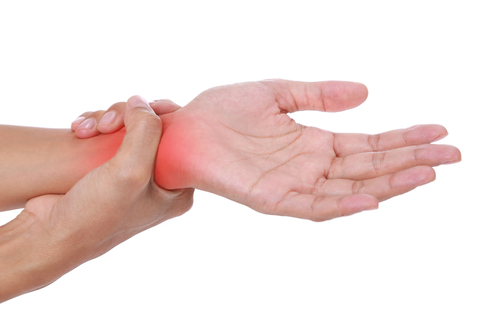
Arthritis Treatment Options Include
- Activity Modification/Joint Protection Principles
- Pain Management Techniques for ulnar wrist pain
- Patient Education on Disease Process
- Heat: Moist Hot Packs, Paraffin Wax
- Contrast Bathes
- Pain-free Range of Motion of the Wrist
- Neoprene Wrist Wraps: The neutral warmth created by the neoprene provides pain relief while providing gentle support
- Custom Ulnar Based Orthosis for Pain Relief. Wear at night and during activities that exacerbate symptoms.
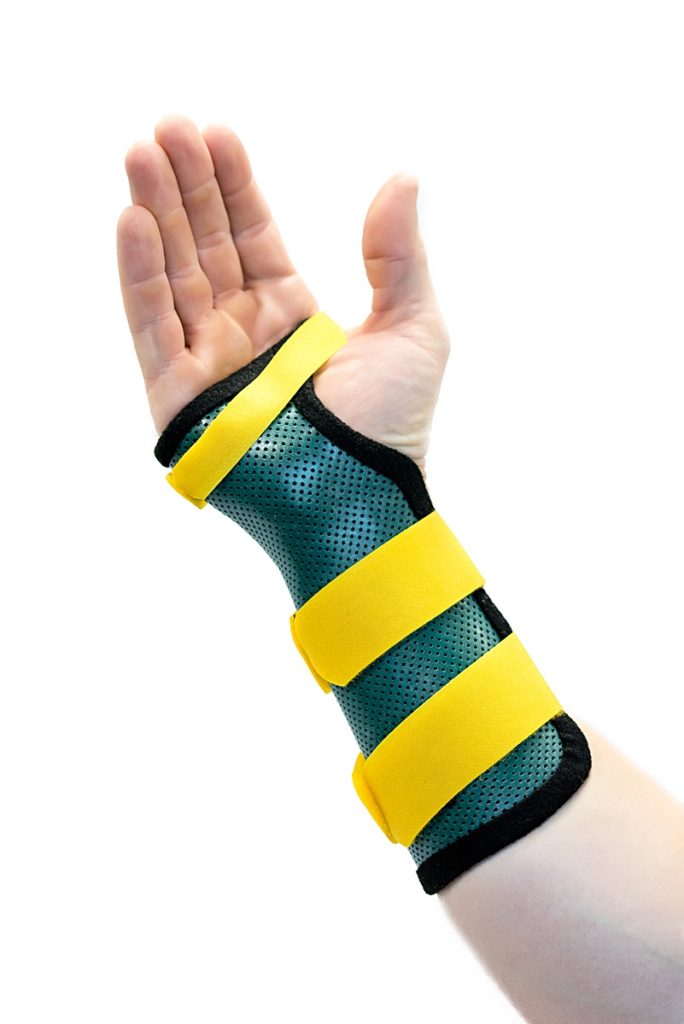
2.) Wrist Tendonitis (ECU and FCU)
Extensor Carpi Ulnaris Tendonitis. This is one of the first things to check for when evaluating a patient with ulnar sided wrist pain. First perform an ECU synergy test. The patient places their elbow at 90 degrees, the forearm is in full supination, the wrist is in neutral and the digits are in full extension. The therapist grasps the thumb and middle finger and uses the other hand to palpate the ECU. The patient then abducts the thumb against resistance. The therapist ensures there is muscle contraction of both the FCU and ECU. Re-creation of pain along the ulnar aspect of the wrist is considered a positive test for ECU tendonitis (ulnar tendonitis).
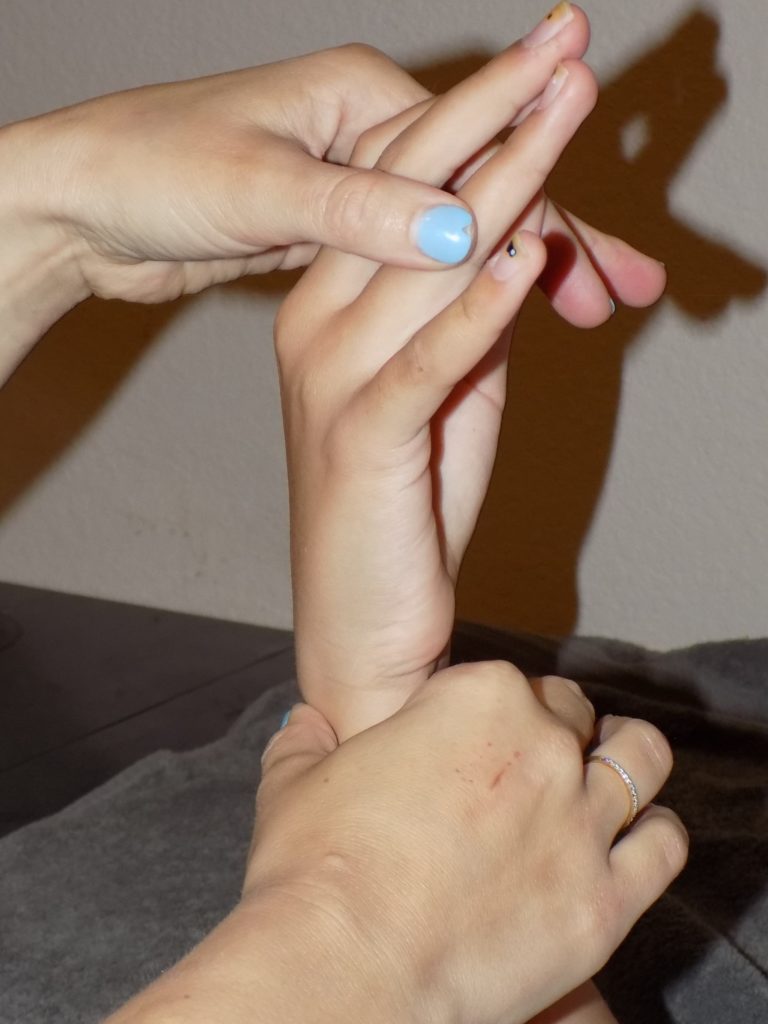
Flexor Carpi Ulnaris Tendonitis. The patient places their forearm in supination while resting it on the table. The therapist places the patient’s wrist in ulnar deviation and slight wrist extension. Resistance is applied over the fifth metacarpal in the direction of extension and radial deviation while the therapist uses the other hand to palpate the FCU for pain and tenderness.
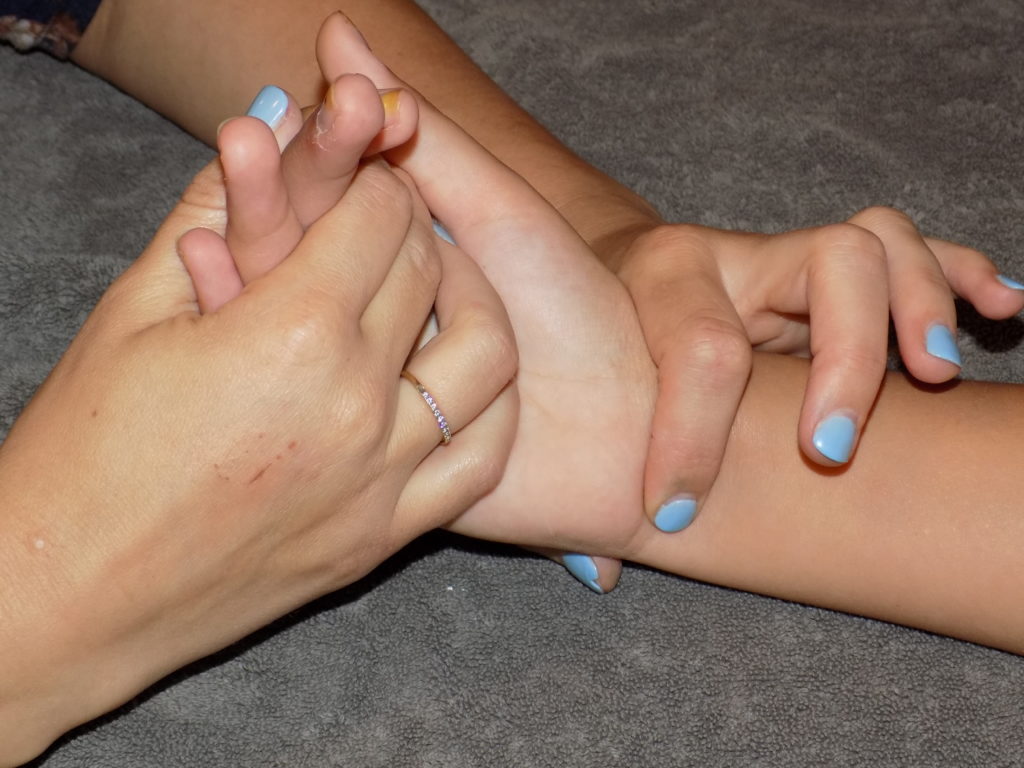
Tendonitis Treatment Options Include
1.) Pain free range of motion, moving the joints and gliding the tendons provide synovial nutrition to the joints and the surrounding tissues
2.) Have patient wear custom ulnar wrist support for 3 weeks all the time and then an additional 3 weeks night-time only (for a total of 6 weeks)
3.) Inflammation reducing treatments, ice, heat, ultrasound, interferential, instrument assisted soft tissue mobilization
4.) Provide instruction on activity modification
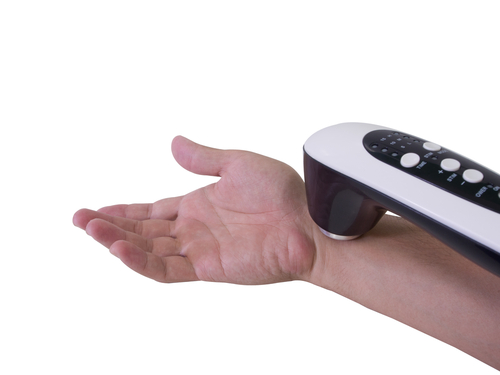
3.) TFCC Injury
- TFCC Injury: The triangular fibrocartilage complex is a network
of ligaments, tendons and cartilage. Did
you know it is the main stabilizer of the wrist? It supports gripping activities weight-bearing,
and supination/pronation. A TFCC injury
can occur out of nowhere. So, what are
the signs of TFCC Injury?
- Pain that gets worse with gripping and rotation (such as opening a door)
- Crepitus
- Pain with weight-bearing
- Feeling of instability
- Can be atraumatic or traumatic. Type 1 tears are traumatic. This can occur by falling on an outstretched hand or with excessive forearm rotation. Type 2 tears are degenerative or chronic.
- A positive Fovea Sign. This is when the therapist applies external pressure to the fovea of the ulna bone. If there is pain this can indicate a TFCC injury. Remember check the other wrist as well!!!
TFCC Injury Treatment Options Include
- Decrease inflammation: icing, heating, contrast baths, interferential, ultrasound
- Instruct patient to stop performing activities that exacerbate symptoms. This is typically activities like golf
- Instruct patient on avoiding hand motions such as heavying grasping, wringing and motions that turn and twist your wrist to avoid ulnar wrist pain when twisting
- Wear a custom wrist support. Typically wearing schedule is wear the splint for 3 weeks all the time and three weeks night-time only (for a total of 6 weeks)
- If the patient cannot tolerate immobilization, supportive tape can be applied
- Work- station modification: Provide instruction on good posture and ergonomics
- After pain has subsided and splint wear is no longer indicated begin a proprioceptive wrist program
8 Comments
Leave a Comment
More To Read
Sensitivity and Specificity in Thoracic Outlet Syndrome (TOS) Tests in Hand Therapy
By: Mikayla Murphy Sensitivity and Specificity in Thoracic Outlet Syndrome (TOS) Tests in Hand Therapy Thoracic outlet syndrome (TOS) describes the compression of nerves, arteries, and veins as they pass through the thoracic outlet. Compression can occur at the interscalene triangle, the costoclavicular triangle, and the subcoracoid space (Physiopedia, n.d.). There are three types of…
Read MoreVolkmann’s Contracture
Written by Melissa Miller Introduction Volkmann’s contracture is a rare condition that occurs after injury to the elbow and upper arm, typically from a crush injury. This condition can occur when acute compartment syndrome is left untreated. If unrecognized, Volkmann’s contracture can lead to a permanent deformity in the hand and forearm. Hand therapists are…
Read MoreManagement of a TFCC Injury in Hand Therapy
By: Taylor Volentine The wrist is composed of very complex joints that assists with movement in individuals of all ages and abilities. For instance, an active individual who participates in sports such as tennis, football, or gymnastics may increase the probability for wrist complications and injury (Morrison, 2019). Individuals with repetitive trauma from work or…
Read MoreSign-up to Get Updates Straight to Your Inbox!
Sign up with us and we will send you regular blog posts on everything hand therapy, notices every time we upload new videos and tutorials, along with handout, protocols, and other useful information.




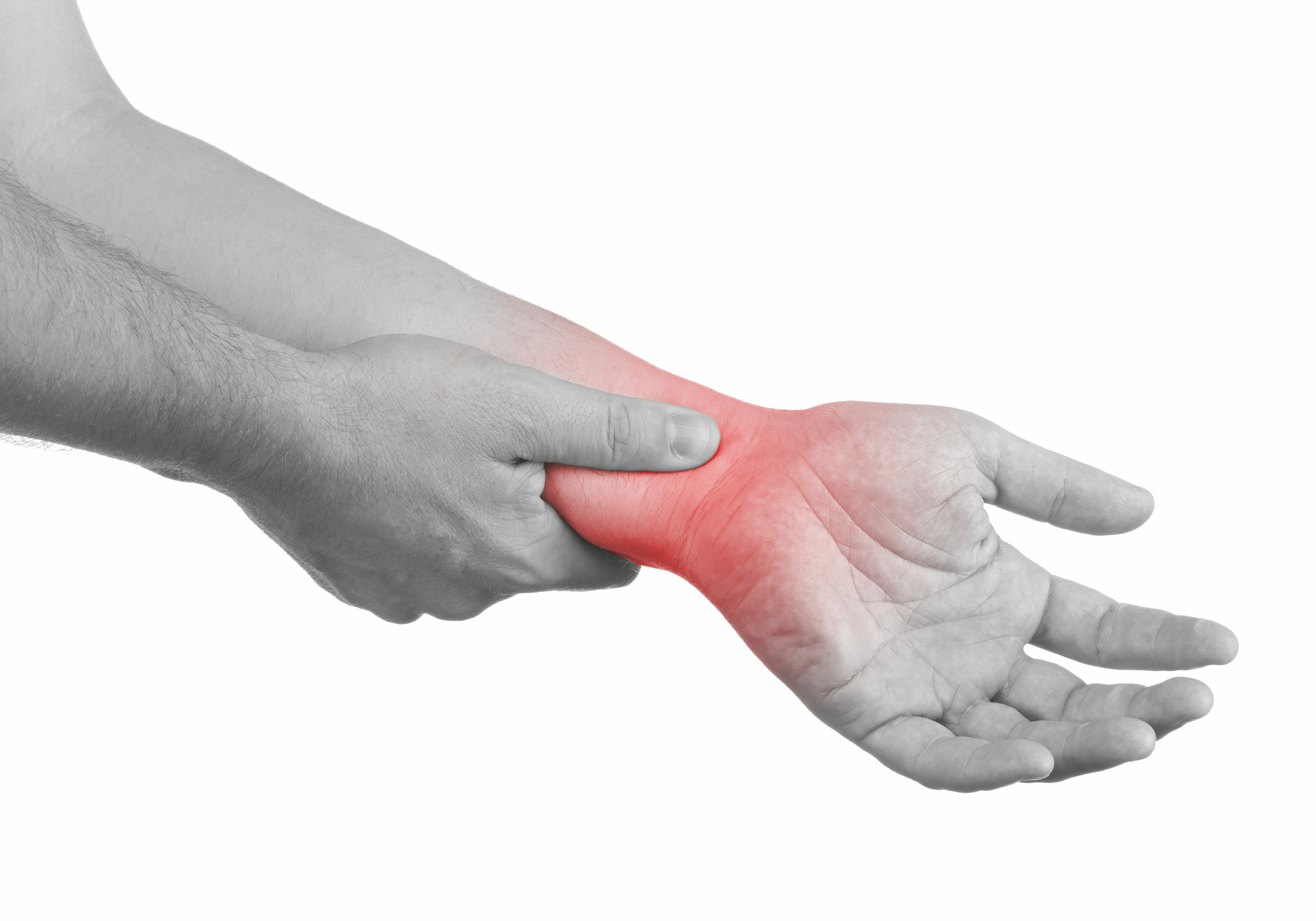

I like this website because so much useful stuff on here : D.
So glad you like it!
I think you nailed my issue. TFCC describes just what I have. I injured my wrist about a year ago when a 3gallon water dispenser slipped and bent my wrist back. The pain wasn’t intense but was bothersome for a month or so. It did get better but now that I’m exercising again pressure on my palm is quite painful, such as a one handed yoga plank. I’ve noticed the other palm aches as well now after a work day. I’m sure my computer ergonomics needs improvement!
i think i have TFCC and mine is type 2 tear that is degenerative as i’m over 50 and have probably overused my hand. I have had a wrist brace specially designed for my wrist which i was able to bring home the same day i saw my hand therapist. My wrist has audible clicking sound which i purposely do to relieve tension build up. There’s pain on activities involving rotation of the wrist – from brushing my teeth, washing deep pots, using dental floss, grabbing the seat belt ( i have to use my other hand)- so basically anything that would twist my wrist would exacerbate discomfort. I need to do an MRI . In the meantime, i just have to be mindful of how i use my hand.
If you haven’t had this treated yet, a quick self-test for TFCC tear is what I call the “table test.” (I self-diagnosed this way several years ago, and then when I went to the doc he confirmed & I ended up going the surgical route because it had been quite a while since the injury occurred, and I didn’t believe it was likely to self-heal at that point–turned out to be smart of me, because I had pretty much a complete tear that couldn’t have healed on its own with immobilization. I play tennis, so if any of my teammates complain of ulnar wrist pain, I always tell them to “table test” first thing, as this test will immediately tell them that it’s not just a minor strain from playing.) Stand in front of a counter like a breakfast bar, or sit in front of a dining table, where your elbows will be at approximately a 90-degree bend if you put your palms under the table and touch them to the underside of the counter or table, facing up. Gently press as though you’re trying to lift the table off the ground. If you get sudden pain toward the ulnar side of your wrist (pinky finger side), a TFCC tear is likely.
How long is the recovery for this surgery? Success rate? How many stitches? I think it’s in my future. My MRI was inconclusive and said it could be a number of things, it’s been 6 years, I’m 50 and have lifted weight for 30 years, physio and splinting does not help. I now work with my hands…
I have pain in my left hand’s wrist it’s very painful when I try to pickup some Harvey things.
Appreciate the content and it’s nice to see an experienced OT’s perspectives on these things!